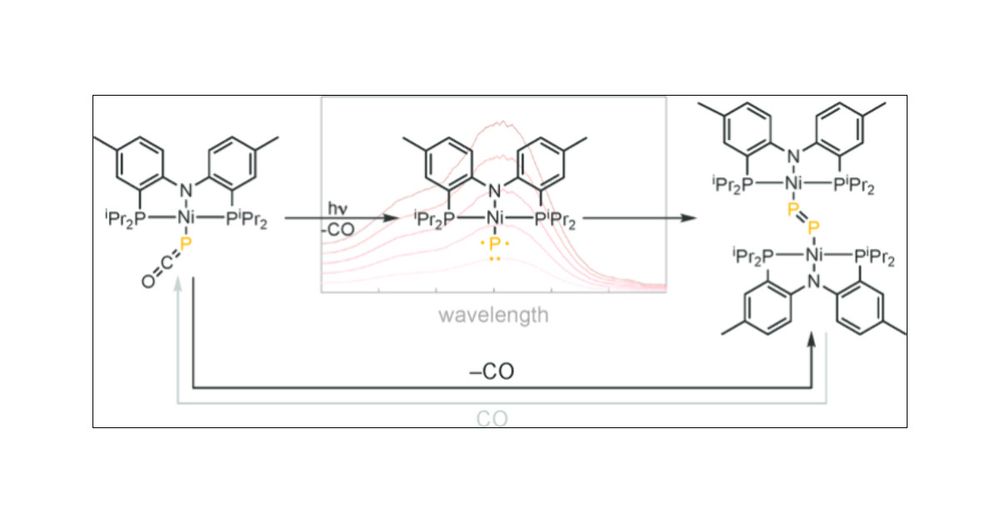



Happy Homecoming 🧪🧬🔬🏠
www.idahostatesman.com/opinion/read...

Happy Homecoming 🧪🧬🔬🏠
www.idahostatesman.com/opinion/read...
pubs.acs.org/doi/10.1021/...

pubs.acs.org/doi/10.1021/...

* Dial (202) 224-3121
* Enter zip code
* Leave voicemail
* Say “My name is ___, I’m a constituent in [town]. (If clinician/scientist, say so)
“The NIH freeze harms research and patients and must be lifted immediately.”
Be brief. Staffers tally all calls. Go! ✅
Call Congress, 202-224-3121.
* Dial (202) 224-3121
* Enter zip code
* Leave voicemail
* Say “My name is ___, I’m a constituent in [town]. (If clinician/scientist, say so)
“The NIH freeze harms research and patients and must be lifted immediately.”
Be brief. Staffers tally all calls. Go! ✅

